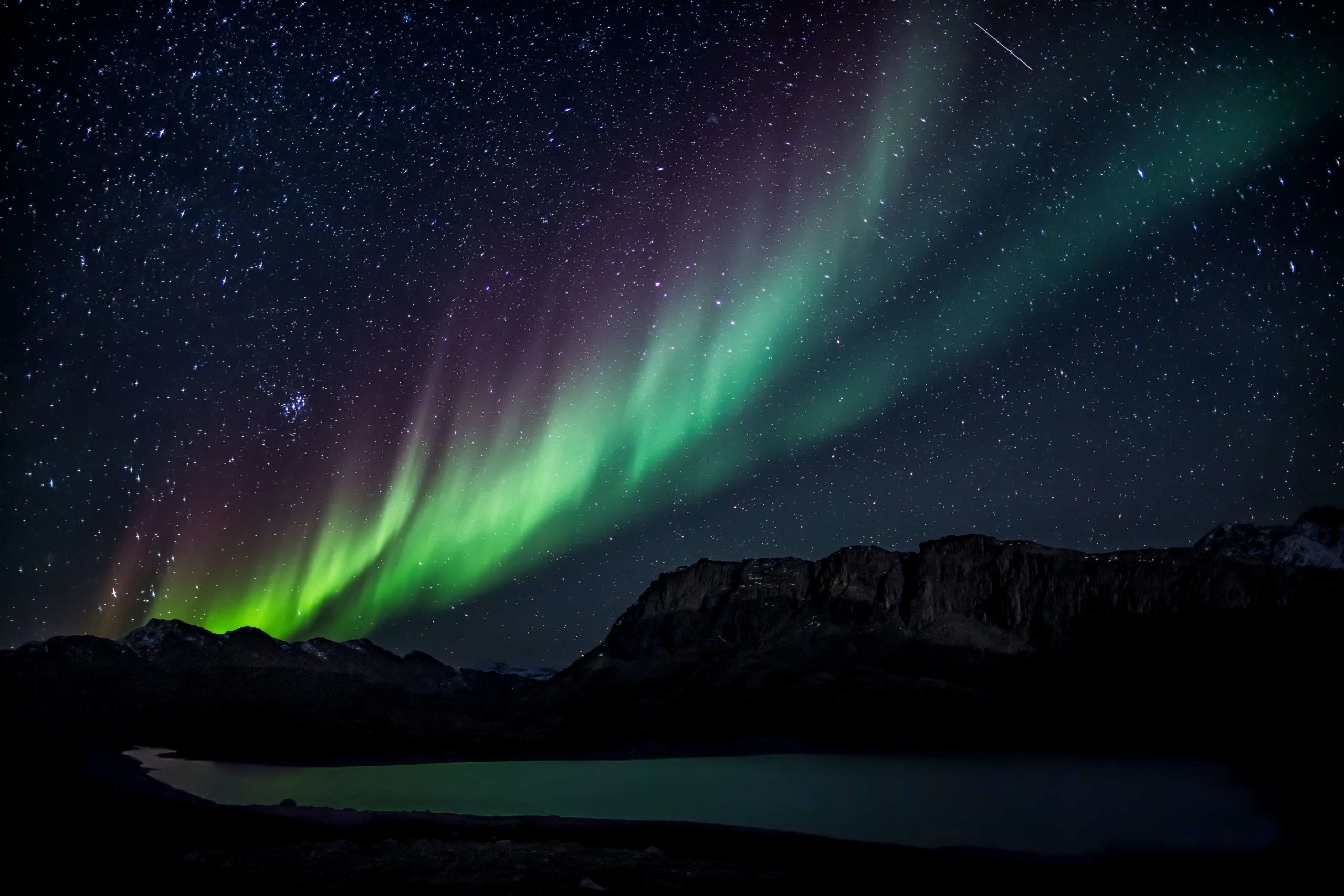The Northern Lights, or Aurora Borealis, are one of the most awe-inspiring natural phenomena on earth. This incredible display of light and color is caused by solar particles colliding with the earth’s atmosphere, and is usually seen in regions close to the magnetic poles. While the best-known locations to witness the Northern Lights are in the northern regions of Norway, Sweden, Finland, and Iceland, Lithuania also offers some excellent opportunities to experience this stunning display. In this article, we will explore the best tips and locations for chasing the Northern Lights in Lithuania.
When to go?
The best time to see the Northern Lights in Lithuania is from late September to early April. During this period, the nights are longer, and the sky is darker, providing the ideal conditions for the Northern Lights to appear. However, it’s essential to keep in mind that the Northern Lights are a natural phenomenon and are not guaranteed to appear every night. Therefore, it’s best to plan your trip for at least a few nights to increase your chances of seeing them.
Weather conditions are also a crucial factor when it comes to seeing the Northern Lights. Clear skies and low levels of light pollution are essential to witness this natural wonder. Therefore, it’s advisable to check the weather forecast before heading out to your chosen location.
Where to go?
Lithuania offers several locations that are excellent for viewing the Northern Lights. Here are some of the best spots:
Aukštaitija National Park
Located in northeastern Lithuania, Aukštaitija National Park is a popular destination for nature lovers. With its dense forests, pristine lakes, and rolling hills, this park offers an ideal setting for observing the Northern Lights. The park is also designated as a Dark Sky Park, which means that the level of light pollution is low, making it an excellent place for stargazing and seeing the Northern Lights.
Neringa
Neringa is a small resort town located on the Curonian Spit, a narrow strip of land that separates the Curonian Lagoon from the Baltic Sea. The town is famous for its sandy beaches, unique architecture, and beautiful scenery. During the winter months, Neringa is an excellent location for observing the Northern Lights, as the surrounding area is sparsely populated and has little light pollution.
Anyksciai
Located in northern Lithuania, Anyksciai is a small town that is well-known for its natural beauty and historic landmarks. The town is surrounded by dense forests and rolling hills, providing an excellent backdrop for viewing the Northern Lights. Additionally, Anyksciai has several observation towers that provide panoramic views of the surrounding landscape, making it an ideal spot for stargazing and seeing the Northern Lights.
Trakai
Trakai is a historic town located on an island in the middle of Lake Galve, about 28 kilometers west of Vilnius, the capital of Lithuania. The town is famous for its picturesque landscape, medieval castles, and rich cultural heritage. During the winter months, Trakai is an excellent location for observing the Northern Lights, as the lake provides a reflective surface that enhances the beauty of the aurora borealis.
Tips for viewing the Northern Lights in Lithuania
Dress warmly
The winter months in Lithuania can be quite cold, with temperatures sometimes dropping below freezing. Therefore, it’s essential to dress appropriately for the weather conditions. Wear warm, layered clothing, and don’t forget to bring gloves, hats, and scarves to keep your extremities warm.
Bring a tripod
To capture the beauty of the Northern Lights, you’ll need to use a long exposure. Therefore, it’s essential to bring a tripod to keep your camera steady while taking photos. Additionally, a remote shutter release can your camera from shaking when taking photos.
Use a wide-angle lens
A wide-angle lens is ideal for capturing the Northern Lights as it can capture a wide field of view. This will allow you to capture the entire scene, including the horizon and any interesting foreground elements.
Be patient
The Northern Lights are a natural phenomenon and are not guaranteed to appear every night. Therefore, it’s important to be patient and wait for them to appear. This may mean spending several hours outside in the cold, so be sure to dress appropriately and bring some snacks and hot drinks to keep yourself comfortable.
Check the Aurora forecast
There are several websites and apps that provide Aurora forecasts, which can help you plan your trip and increase your chances of seeing the Northern Lights. These forecasts provide information on the expected intensity and location of the Aurora, which can help you choose the best location and time to view them.
Avoid light pollution
Light pollution can make it difficult to see the Northern Lights, so it’s important to choose a location that has low levels of light pollution. This may mean traveling to a more remote location or finding a designated Dark Sky Park.
Respect nature
When viewing the Northern Lights, it’s important to respect nature and the environment. Avoid littering and be mindful of any sensitive areas or wildlife habitats.
Chasing the Northern Lights in Lithuania can be an unforgettable experience. With its stunning natural landscapes, low levels of light pollution, and diverse range of locations, Lithuania offers excellent opportunities to witness this awe-inspiring natural phenomenon. By following these tips and choosing the right location, you can increase your chances of seeing the Northern Lights and create memories that will last a lifetime.
